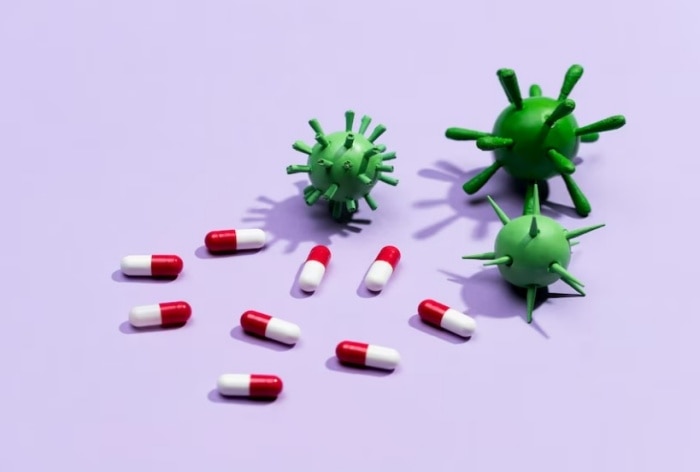Home Health: Understanding Antibiotic Resistance and the Impact of Rising Air Pollution on Recovery Rate
Antibiotic resistance is a critical issue on a global scale. A recent study published in the Lancet journal reveals that rising air pollution significantly contributes to the slow recovery rate for various health conditions. The city of Delhi is often compared to living in gas chambers due to the alarming levels of pollution, especially during winter or around the Diwali festival. However, air pollution is not limited to Delhi alone but is increasing worldwide with no single cause to blame.
The Lancet Planetary Health study connects antibiotic resistance to rising air pollution. It indicates that particulate matter (PM2.5), composed of particles 30 times smaller than a human hair, is linked to the increase in antibiotic resistance. Antibiotic resistance is a global crisis that leads to millions of deaths each year. Particulate matter (PM)2.5 carries diverse elements of antibiotic resistance, making it spread more easily after inhalation.
Lead author Hong Chen from Zhejiang University in China emphasizes the significance of this connection, stating, “Antibiotic resistance and air pollution are among the greatest threats to global health. Controlling air pollution could have a two-fold benefit: reducing the harmful effects of poor air quality and combating the rise and spread of antibiotic-resistant bacteria.”
So, what exactly is antibiotic resistance? According to the Lancet study, it refers to a time when antibiotics are no longer effective in treating bacterial infections, resulting in treatment failures and increased mortality. In 2019 alone, antibiotic resistance caused approximately 1.27 million premature deaths worldwide, surpassing the estimated 0.70 million deaths in 2016. Common ailments like pneumonia and tuberculosis become more challenging to treat due to antibiotic resistance.
Air pollution contributes to antibiotic resistance by exposing humans to antibiotic-resistant bacteria and resistance genes through food, the environment (water, soil, and air), or direct contact with infectious sources. Particulate matter, a major air pollutant, contains various antibiotic-resistant bacteria and resistance genes that are transferred between environments and inhaled by humans, causing respiratory tract injury and infection. Sources of PM2.5 pollution include industrial processes, road transport, and domestic coal and wood burning.
The Lancet study reveals that a 1% increase in air pollution leads to a 0.5-1.9% increase in antibiotic resistance, depending on the type of bacteria and antibiotics involved. The highest levels of antibiotic resistance are found in North Africa, the Middle East, and South Asia. India and China, with their large populations, are expected to face the greatest impact from changes in PM2.5 levels. If current air pollution policies remain unchanged, antibiotic resistance worldwide could increase by 17% by 2050. However, implementing measures such as controlling air pollution, improving drinking water quality, and reducing antibiotic usage can significantly reduce antibiotic resistance.
In conclusion, controlling air pollution is crucial not only for improving air quality but also for combating the rise and spread of antibiotic-resistant bacteria. The connection between rising air pollution and antibiotic resistance underscores the urgent need to address both issues for the sake of global health.

